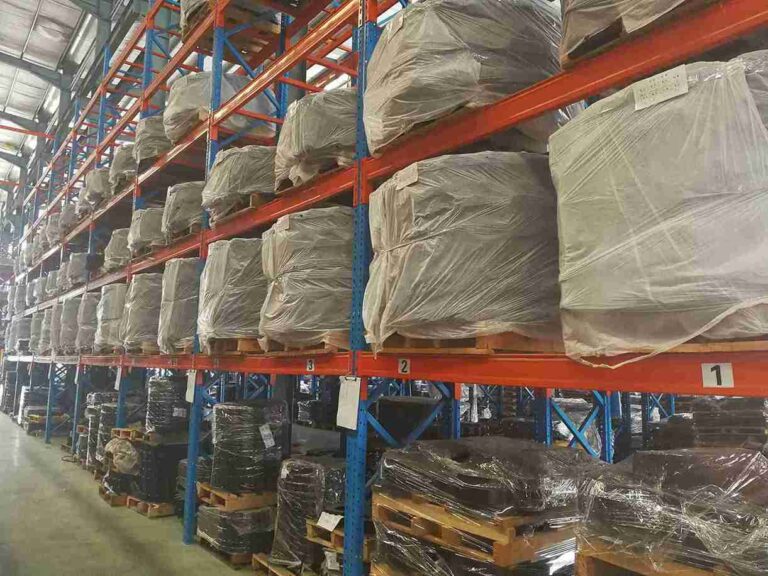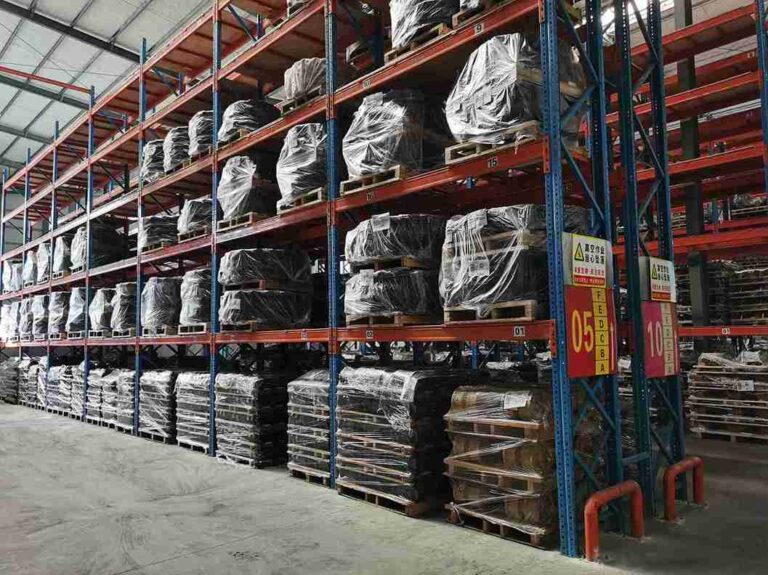📐 "First 50 Enterprise Queries Get Custom 3D Warehouse Design" Plan

Introduction: Navigating the Evolving Beam Racking Market
The beam racking price trends for 2024 present both challenges and opportunities for warehouse operators, logistics managers, and procurement specialists. As global supply chains continue evolving, understanding these price fluctuations becomes critical for making informed purchasing decisions. This in-depth analysis explores every factor influencing beam racking costs, from raw material volatility to emerging warehouse technologies.
Industry professionals tracking beam racking price trends must consider:
- Steel market dynamics and their direct impact on racking system costs
- Supply chain disruptions affecting manufacturing lead times
- Regional price variations across North America, Europe, and Asia-Pacific
- Technological advancements in warehouse storage solutions
- Cost optimization strategies for large-scale racking purchases
With over 70% of industrial warehouses relying on beam racking systems, these price trends directly affect operational budgets worldwide. This report synthesizes data from leading manufacturers, steel market analysts, and logistics experts to provide actionable intelligence.

1. The Fundamentals of Beam Racking Systems
1.1 Core Components Driving Beam Racking Price Trends
Every beam racking system consists of three primary elements that influence pricing:
- Structural Steel Uprights (Vertical Columns)
- Typically 12-16 gauge steel
- Account for 40-50% of total system cost
- Prices fluctuate with hot-rolled coil steel market
- Load Beams (Horizontal Supports)
- Range from 3″ to 6″ depth profiles
- Pricing varies by weight capacity (2,000-30,000 lbs)
- Custom lengths increase costs by 15-25%
- Ancillary Components
- Wire decking (150 per shelf)
- Column protectors (200 per unit)
- Seismic bracing (adds 10-30% to project costs)
1.2 Why Beam Racking Dominates Industrial Storage
The sustained demand for beam racking systems stems from three key advantages:
- Cost Efficiency
Compared to automated storage systems, traditional beam racking offers 60-70% lower capital expenditure. - Operational Flexibility
Adjustable beam heights accommodate diverse inventory profiles, from palletized goods to oversized items. - Scalability
Modular designs allow gradual expansion, aligning with warehouse growth trajectories.
2. Current Beam Racking Price Trends (2024 Benchmark Data)
2.1 Global Price Index for Standard Configurations
| Configuration | Price Range (USD) | Price Driver |
|---|---|---|
| Selective Pallet Racking (Single Deep) | 1,600/bay | Steel thickness (12-14 gauge) |
| Double Deep Racking | 2,200/bay | Additional structural reinforcement |
| Push Back Racking | 4,500/bay | Complex carriage mechanisms |
| Drive-In Racking | 5,000/bay | Continuous rail systems |
Data compiled from leading manufacturers across 15 markets
2.2 Regional Price Variations in Beam Racking
North America:
- Average 12% premium over Asian imports
- Lead times: 10-14 weeks (domestic production)
European Union:
- 8-10% higher than pre-pandemic levels
- Strict CE certification adds 5-7% to costs
Asia-Pacific:
- Most competitive pricing (1,200/bay)
- Longer lead times (16-20 weeks for Western markets)
2.3 Used vs. New Racking: Price Comparison
The secondary market for beam racking systems shows interesting price trends:
- Grade A Refurbished: 40-50% of new system cost
- As-Is Used Racking: 25-35% of new price
- Liquidation Sales: Potential 60-70% discounts (variable quality)
Note: Used systems often lack seismic certification and may require engineering review
3. Key Factors Shaping 2024 Beam Racking Price Trends
3.1 Steel Market Dynamics (Q2 2024 Update)
The beam racking price trends remain tightly coupled with steel commodity markets:
- Hot-Rolled Coil (HRC) Steel Prices: Currently 820/ton (5% increase YoY)
- Galvanized Steel Premium: Adds 150/ton to material costs
- Projected Q3 Movement: Analysts forecast 3-5% increase if energy costs rise
3.2 Manufacturing and Labor Costs
| Component | Cost Increase (2023-2024) | Primary Driver |
|---|---|---|
| Laser Cutting | +8% | Energy inflation |
| Powder Coating | +12% | Environmental compliance |
| Skilled Labor | +15% | Trade workforce shortages |
3.3 Supply Chain Bottlenecks
Critical pain points affecting beam racking price trends:
- Ocean Freight
Container rates from Asia to USWC: 3,200 (2.5x pre-pandemic) - Trucking Logistics
Domestic transport adds 400 per racking truckload - Warehouse Space
Storage costs for inventory holding: 1.25/sqft monthly
4. Emerging Technologies Impacting Beam Racking Prices
4.1 Smart Racking Systems
The integration of IoT sensors creates new price trends:
- Basic Monitoring: +120 per bay
- Advanced Analytics: +400 per bay
- Predictive Maintenance: ROI in 18-24 months
4.2 Automated Storage Integration
Beam racking systems now interface with:
- AMRs (Autonomous Mobile Robots)
- Requires reinforced base plates (+300 per aisle)
- AS/RS Compatibility
- Structural upgrades add 20-35% to standard racking costs
5. Strategic Purchasing Approaches for 2024
5.1 Timing Your Purchase
Historical beam racking price trends suggest:
- Best Quarter: Q1 (Post-holiday production capacity)
- Worst Quarter: Q3 (Peak construction season)
5.2 Bulk Buying Strategies
Volume discounts from major manufacturers:
| Order Size | Typical Discount |
|---|---|
| 10-20 bays | 3-5% |
| 50-100 bays | 7-12% |
| 200+ bays | 15-20% (plus freight concessions) |
5.3 Alternative Procurement Models
- Rack-as-a-Service
Monthly leasing at 35 per bay - Trade-In Programs
Up to 30% credit for obsolete systems
6. Future Price Projections (2025-2030)
Long-term beam racking price trends indicate:
- Moderate Annual Increases: 4-6% through 2027
- Technology Premium: Smart features adding 8-12% to base prices
- Sustainability Costs: Recycled steel systems commanding 5-8% premium
Conclusion: Mastering Beam Racking Procurement
Navigating beam racking price trends requires continuous market monitoring and strategic relationships with suppliers. By understanding the material, labor, and technology factors covered in this analysis, procurement teams can:
- Optimize purchase timing to capitalize on market dips
- Leverage volume discounts through consolidated buying
- Future-proof investments with scalable, tech-ready systems
The most successful operators treat beam racking procurement as an ongoing process rather than a one-time transaction, consistently aligning purchases with both market conditions and operational requirements.
FAQs: Beam Racking Market Intelligence
1. How frequently should companies reassess beam racking budgets?
Quarterly reviews align with steel market volatility, with comprehensive audits every 18 months.
2. What’s the price difference between roll-formed and structural racking?
Structural systems cost 25-40% more but offer superior durability for heavy loads.
3. How do trade policies affect beam racking prices?
Section 232 tariffs add 12-18% to imported systems in the US market.
4. What percentage of racking cost comes from installation?
Typically 20-35% of total project cost, varying by region and complexity.
5. Are price lock agreements available from manufacturers?
Most suppliers offer 60-90 day price guarantees on confirmed orders.




